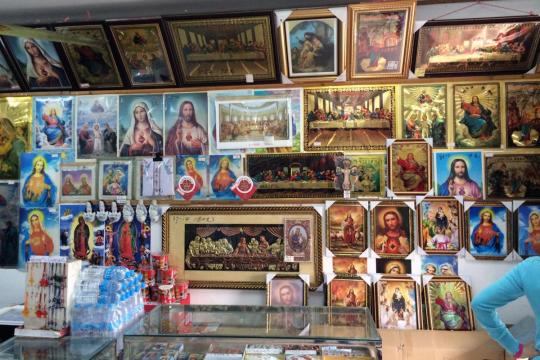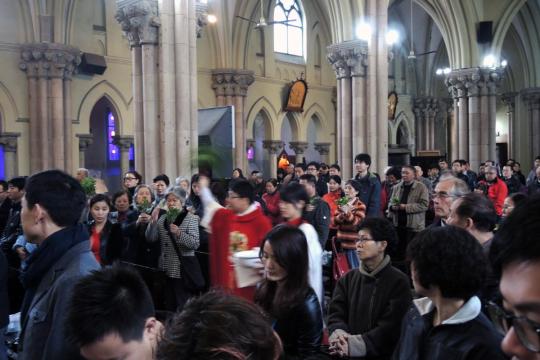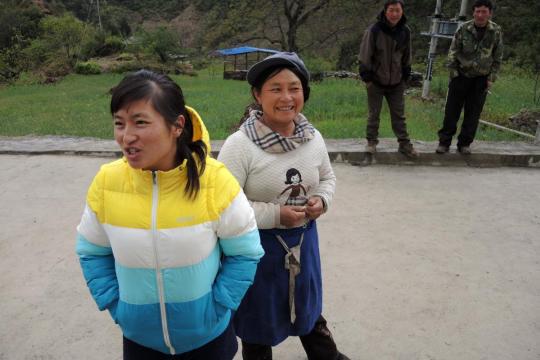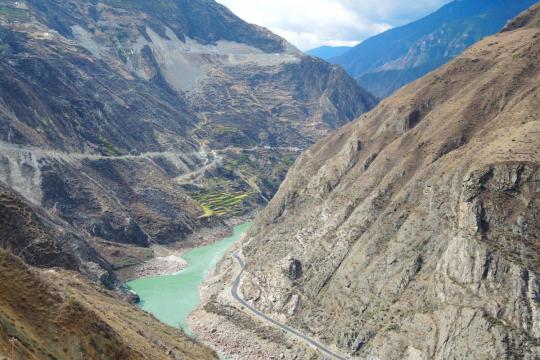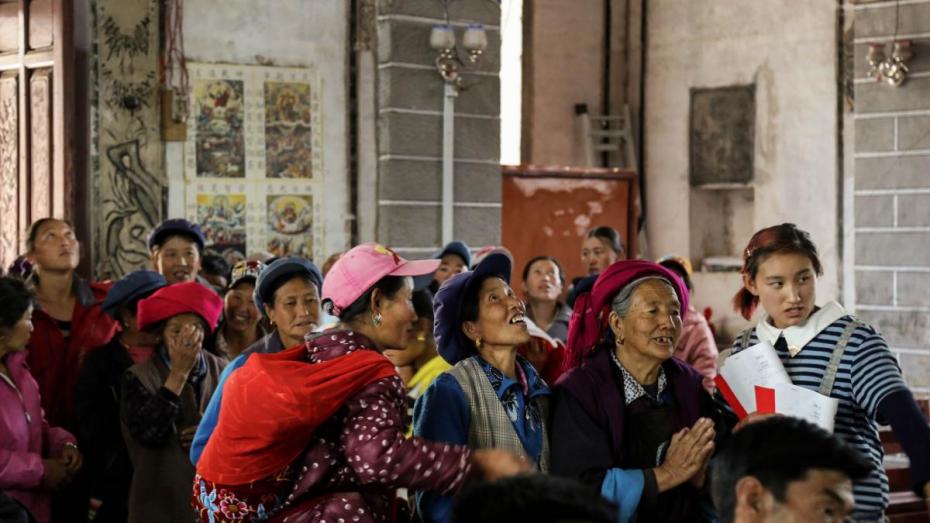
The largest, and one of the oldest civilizations in the world, China is home to almost 1.4 billion people.
Though Chinese emperors worked for millennia to shelter their territories from external influences, several waves of missionary work brought the faith to China over the centuries. Still-celebrated Jesuit missionaries brought the Catholic faith to China in the 16th and 17th centuries in a manner that was highly respectful of Chinese culture, but the Jesuits were ultimately expelled when Vatican rulings thought that their cultural accommodations went too far. Nineteenth-century missionaries reestablished the faith when the European powers forced China to open to the West, but were ultimately expelled after the Communist revolution. The government created an entity it controlled, the Chinese Patriotic Catholic Association (CPCA), to take over the leadership of Catholic churches in China. An underground Catholic church endured, and in the post-Mao years took on a more public life alongside the CPCA church. In recent decades, Christian faith has grown enormously in China, though Catholic growth has lagged behind Protestant growth, in part because of CPCA-underground tensions. In 2018 the government and the Holy See reached an agreement to unite these Catholics and recognize bishops, but the Chinese government has also ramped up restrictions and oversight on all religious practice since then.
Though more than 90% of Chinese are ethnically Han people, the government recognizes 55 other ethnic groups. Linguistically China is united by the use of Mandarin Chinese, though in ordinary life Chinese speak hundreds of regional, often mutually unintelligible dialects like Cantonese and Shanghainese, and distinctive tribal languages. Though one can very meaningfully speak of Chinese culture as a whole, and though Catholic leaders often think about how Catholicism fits in a Chinese cultural context, it is important to recognize that there are also significant local cultural differences within China.
One of those local cultures is covered in some depth here, in articles about a remote river valley near the borders of Tibet and Burma, where minority peoples in a chain of villages continue to practice a unique form of Catholicism that honors the legacy of French missionaries who introduced the faith to them in the 19th and 20th centuries. Read more...
National Demographics
Note: There are no Catholic Demographics reported here because the Vatican has not been able to collect information on Catholics in China.
- 1 United Nations, Department of Economic and Social Affairs, Population Division, World Urbanization Prospects: The 2018 Revision, Online Edition (New York: United Nations, 2018).
- 2 United Nations, Department of Economic and Social Affairs, Population Division, International Migrant Stock 2020 (New York: United Nations, 2020).
- 3 Data as of 2021. United Nations Office on Drugs and Crime, "Intentional Homicide," United Nations, Accessed April 9, 2024; United Nations Office on Drugs and Crime, Global Study on Homicide 2023 (Vienna: United Nations, 2023).
- 4 "2023 Corruption Perceptions Index," Transparency International, Accessed April 9, 2024.
- 5 United Nations Children's Fund, The State of the World's Children 2023 (Florence: UNICEF Innocenti – Global Office of Research and Foresight, 2023).
- 6 International Telecommunication Union, "Individuals using the Internet (% of population)," The World Bank, Accessed April 24, 2024.
- 7 Poverty and Inequality Platform, "Poverty headcount ratio at $2.15 a day (2017 PPP) (% of population)," The World Bank, Accessed April 24, 2024.
- 8 World Economic Forum, Global Gender Gap Report 2023 (Geneva: World Economic Forum, 2023).
- 9 As Pew describes it, "Government restrictions on religion include laws, policies and actions that regulate and limit religious beliefs and practices. They also include policies that single out certain religious groups or ban certain practices; the granting of benefits to some religious groups but not others; and bureaucratic rules that require religious groups to register to receive benefits." As noted on pp. 45-47 of the report, the index summarizes data from 19 sources. The index does not differentiate whether the laws are directed toward Catholics. Pew Research Center, Globally, Government Restrictions on Religion Reached Peak Levels in 2021, While Social Hostilities Went Down (Pew Research Center, 2024).
- 10 As Pew describes it, "Social hostilities include actions by private individuals or groups that target religious groups; they also include actions by groups or individuals who use religion to restrict others. The SHI captures events such as religion-related harassment, mob violence, terrorism/militant activity, and hostilities over religious conversions or the wearing of religious symbols and clothing." As noted on pp. 45-47 of the report, the index summarizes data from 19 sources. The index does not differentiate whether the hostilities are directed toward Catholics. Pew Research Center, Globally, Government Restrictions on Religion Reached Peak Levels in 2021, While Social Hostilities Went Down (Pew Research Center, 2024).
Catholic Demographics
These statistics are derived from the Vatican's official publication, Statistical Yearbook of the Church 2022 (Vatican City: Librera Editrice Vaticana, 2024). The numbers may differ from data reported by other sources on this site.

